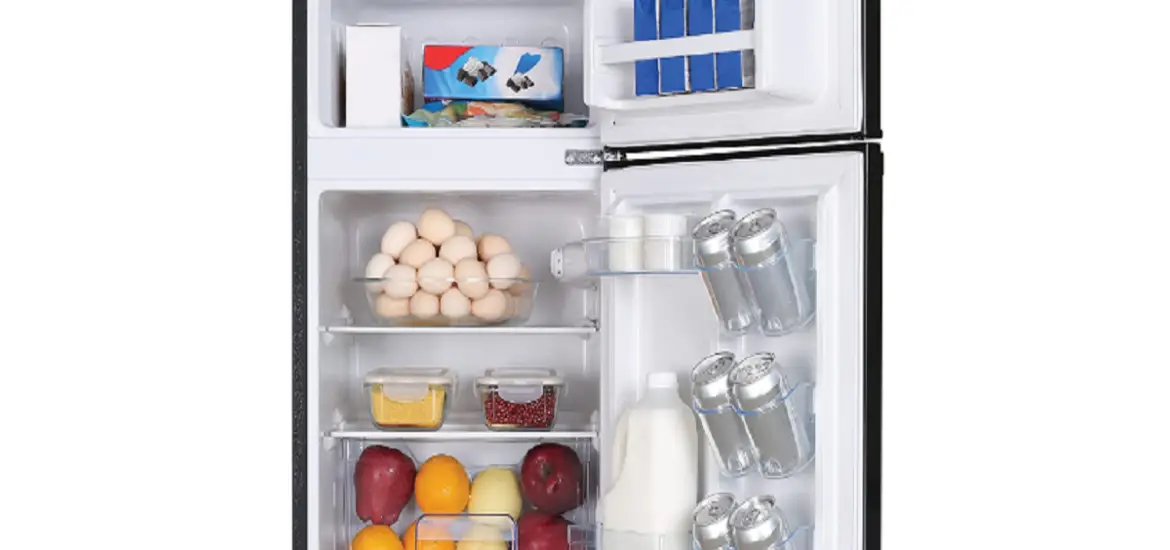Subcooling for 410a—sounds like something straight out of a sci-fi movie, right? But it’s actually a crucial process that affects your home’s cooling efficiency. In this article, we’ll dive into the world of subcooling, and we’ll explore why it’s essential for R410a refrigerant systems. So, buckle up, and let’s get started!

Table of Contents
Basics of Subcooling
First things first, what is subcooling? It’s the process of cooling a refrigerant below its condensation temperature. Why is it important? Subcooling plays a significant role in your cooling system’s efficiency and performance.
Overview of R410a Refrigerant
So, what is R410a? It’s an eco-friendly refrigerant commonly used in residential air conditioning systems. It has several advantages over older refrigerants, such as increased efficiency and reduced environmental impact. However, it operates at higher pressures, which can pose challenges in maintaining optimal subcooling levels.
Subcooling Process for R410a Refrigerant
Understanding the Subcooling Process
Subcooling is an essential part of the refrigeration cycle. It occurs after the refrigerant has condensed into a liquid and involves several steps:
Heat Exchange
During heat exchange, the refrigerant loses heat, which is crucial for maintaining proper subcooling levels. A heat exchanger, like a condenser coil, helps facilitate this process.
Condensation
Condensation is when the refrigerant vapor turns into a liquid, a process heavily influenced by factors like pressure and temperature.
Temperature Reduction
After condensation, the refrigerant is cooled down to achieve the desired subcooling temperature. This temperature should be closely monitored and maintained for optimal performance.
Determining the Proper Subcooling Level for R410a
Getting the right subcooling level for R410a is crucial. Factors like system design, ambient conditions, and equipment type influence subcooling requirements. Typically, R410a systems require a subcooling level of 10-15°F (5-8°C).
Measuring Subcooling on 410a Systems
Tools and Equipment for Measuring Subcooling
Some essential tools for measuring subcooling include:
- Thermometers and temperature probes
- Pressure gauges
- Manifold gauge sets
Steps to Measure Subcooling on R410a Systems
Here’s a quick rundown of how to measure subcooling on R410a systems:
- Prepare the system and tools
- Measure the high-side pressure and liquid line temperature
- Calculate subcooling and compare with target values
Troubleshooting and Adjusting Subcooling for R410a Systems
Common Subcooling Issues and Their Causes
Subcooling issues can be a headache, but knowing the common problems and their causes can help:
- Insufficient subcooling: often caused by low refrigerant charge or a dirty condenser coil
- Excessive subcooling: typically due to an overcharged system or a restricted expansion device
- Fluctuating subcooling levels: usually a result of system instability or a malfunctioning expansion valve
Adjusting Subcooling in 410a Systems
Adjusting subcooling levels in R410a systems involves:
- Increasing or decreasing the refrigerant charge
- Fine-tuning the system for optimal performance
- Always keeping safety precautions in mind
Comparing R410a Subcooling with Superheat
Understanding Superheat
Superheat is the process of heating refrigerant vapor above its boiling point. It plays a different role in the refrigeration cycle than subcooling and ensures the proper functioning of the compressor.
R410a Superheat or Subcooling: Which to Prioritize
Choosing between subcooling and superheat depends on factors like system type, operating conditions, and manufacturer recommendations. In general, subcooling is prioritized for R410a systems, but it’s essential to monitor both processes for optimal performance.
Conclusion
In summary, proper subcooling for R410a systems is crucial for efficiency and performance. By understanding the subcooling process, measuring and adjusting levels, and keeping an eye on superheat, you can ensure your home stays cool and comfortable all summer long.